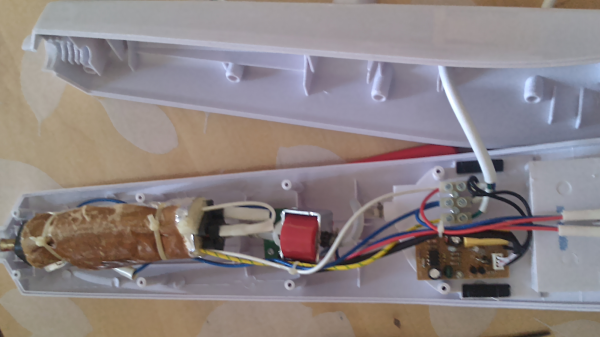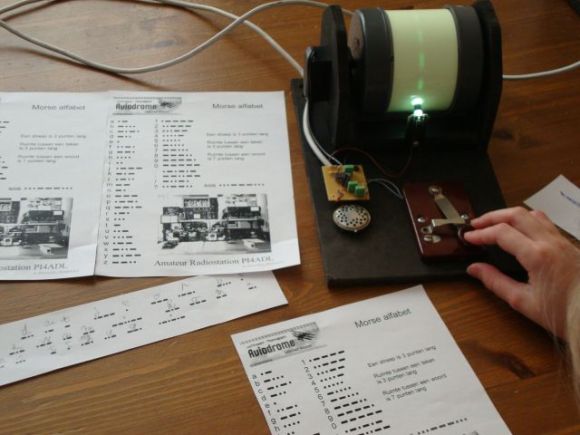[Sven337] was gifted a steam cleaner, and seemed pretty happy because it helped clean the floor better than a regular mop. Until it fell one day, and promptly stopped working. It would produce steam for a short while and then start spitting out cold water, flooding the floor.
Like any self-respecting hacker, he rolled up his sleeves and set about trying to fix it. The most-likely suspect looked like the thermostat — it would switch off and then wouldn’t switch on again until the water temperature fell way below the target, letting out liquid water instead of steam after the first switching cycle. A replacement thermostat was ordered out via eBay.
Meanwhile, he decided to try out his hypothesis by shorting out the thermostat contacts. That’s when things went south. The heater worked, and got over-heated due to the missing thermostat. The over-temperature fuse in the heater coil blew, so [Sven337] avoided burning down his house. But now, he had to replace the fuse as well as the thermostat.
[Sven337] bundled up all the parts and put them in cold storage. The thermostat arrived after almost 2 months. When it was time to put it all together, a piece of fibreglass tubing that slides over the heater coil was missing. Without the protective sleeve, the heater coil was shorting out with the grounded heater body, blowing out the fuses in his apartment.
That’s when [Sven337] called it a day and threw out the darn steam mop — a few dollars down the drain, a few hours lost, but at least he learnt a few things. Murphy’s Law being what it is, he found the missing insulation sleeve right after he’d thrown it away.


















